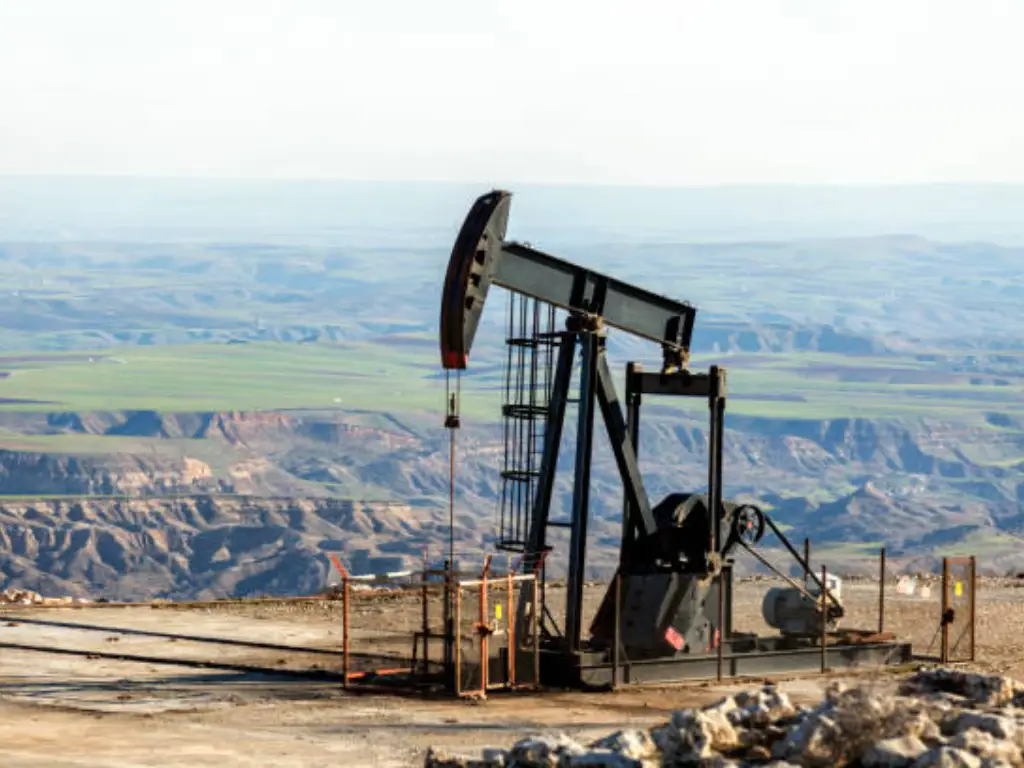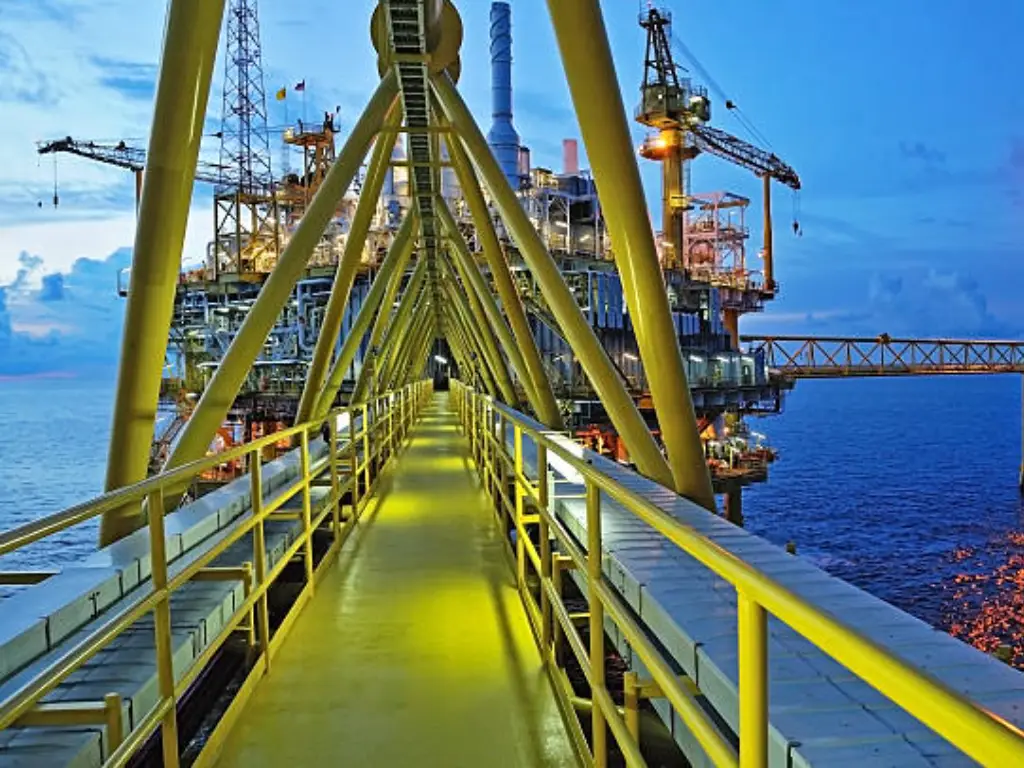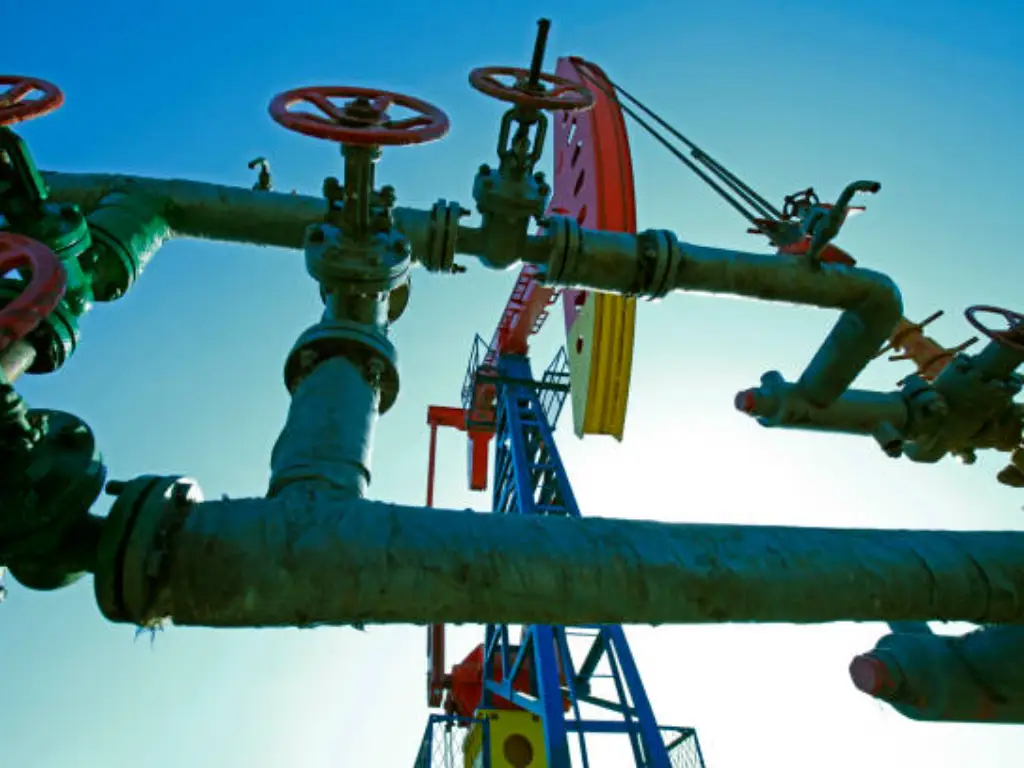Einführung
The topic of onshore and offshore drilling in the oil and gas industry is commonly raised. What are they referring to, and how do they vary? To understand the dynamics of energy production, it is essential to know what is onshore and offshore in oil and gas. Differing in their strategies and also their environmental effects, economic factors, safety reviews, and technological needs, these two drilling methods diverge. Both techniques are important in obtaining the world’s essential energy resources, but each has its own unique features that distinguish it.
This discussion explores the special features of onshore drilling and offshore drilling, dissecting the drilling operations and how they impact the environment along with the newest trends modifying their future trajectory. Whether you’re a reader seeking to increase your knowledge, an industry expert, or someone actively involved in energy production, this guide offers critical insights that are fascinating.
Understanding Onshore Drilling in the Oil & Gas Industry

Onshore drilling can be defined as the exploration of oil and gas resources through on shore structures or on the surface of the land. This approach has been used in the industry for many years and is still relevant in the provision of energy to the world.
Onshore drilling operations are mainly carried out in areas that have confirmed and substantial hydrocarbon endowment. For example, the United States has continued to conduct large onshore drilling in Texas, North Dakota, and Pennsylvania because of the huge shale formations which have been found to contain huge deposits of oil and gas. Other areas that have embraced onshore drilling include the Middle East, Russia and some parts of Africa and South America.
One of the advantages of onshore drilling is the fact that drilling sites can be easily accessible. Onshore drilling does not always require construction of new transport systems and facilities that is required for offshore drilling thus reducing the costs and challenges that come wit the process.
Furthermore, onshore drilling is relatively more viable in terms of its capacity and its ability to respond to shifts in the market or changes in availability of resources. The drilling rigs and equipment are also easily transportable and can be relocated easily from one location to the other which makes the company to be more flexible in its explorations and productions.
But onshore drilling is not without its problems. These operations can be very disastrous on the environment especially if the area of operation has a high density population or an ecosystem. Concerns such as air quality degradation, water pollution and land use concerns have come up and created public concern and legal responses. There are also problems like hydraulic fracturing (fracking) and problems that have been linked to the environment and therefore the need for proper measures in management.
Nevertheless, onshore drilling continues to be an important part of the world’s energy mix and provides access to valuable hydrocarbon resources, supports energy security and fosters economic growth in many countries.
Delving into Offshore Drilling: What Sets It Apart?

Offshore drilling involves the exploration and extraction of oil and gas reserves from beneath the seabed or bodies of water. This is especially so where the onshore reservoirs have been depleted or where the offshore reserves are seen to be more profitable.
Some of the major areas where offshore drilling is conducted are the Gulf of Mexico, the North Sea, offshore Brazil and the waters of Angola, Nigeria and Malaysia. These regions are known for their abundant offshore oil and gas reserves, especially in deeper waters.
Offshore drilling operations are not the same as onshore drilling operations as these require additional structures and equipment to handle the challenges of the marine environment. Offshore structures and massive platforms are constructed in a way that they can survive harsh weather conditions, currents and waves to minimize chances of incidence.
Offshore drilling is the process of drilling for oil and gas in large fields that cannot be drilled for by conventional drilling on land. But this is a disadvantage as the offshore drilling activities are generally linked with complicated logistic arrangements, complex equipment and are also located at a farther distance from the shore as well as other facilities.
Despite offshore drilling being more costly than onshore drilling, it is capable of generating economic benefits to coastal countries and regions through oil production, employment, and revenue generation. However, these operations also have some adverse effects on the environment such as the danger of oil spills and their impacts on the marine life and marine environments.
In order to minimize these risks, safety measures and environmental protection measures are taken during offshore drilling operations. Some of these are; ensuring that the companies have well detailed emergency response plans, ensure that the companies haveadvanced blowout prevention systems and rigorous monitoring and regulatory oversight.
Offshore drilling is likely to continue playing a significant role in the future energy production because of the growth in energy demand globally especially the deepwater and ultra-deep water drilling. Nevertheless, the industry needs to address the energy needs whilst at the same addressing the environmental risks through the application of advanced technologies, safe drilling practices and effective stakeholder engagement.
Comparing Onshore and Offshore Drilling Techniques
Although the primary purpose of onshore and offshore drilling is to explore and exploit hydrocarbon resources, the methods used in these two fields may vary greatly because of the conditions and circumstances that are met.
In onshore drilling the conventional practices of drilling involved are: rotary drilling and directional drilling. Rotary drilling is another method that employs the use of a rotating drill bit and drilling fluids to penetrate formations of rocks to reach the reservoir. Directional drilling, on the other hand, allows for the wellbore to be drilled at an angle, enabling access to reservoirs that are not directly below the drilling site.
Also, hydraulic fracturing or fracking has been embraced in onshore drilling especially in the development of resources from tight or low permeability reservoirs such as shale. This process involves pumping water, sand and chemicals in order to submit pressures into the rock in order to make the hydrocarbons flow.

In contrast, offshore drilling entails the use of more enhanced techniques of approaching the challenges associated with aquatic landscapes. One of them is the jack-up drilling which uses a mobile platform and is majorly used in the drilling of wells in relatively shallow offshore locations. Once positioned, the platform’s legs can then be dropped to the floor of the sea as another solid surface for drilling.
For deeper drilling, there is most always the semi-submersible rigs or drill ships with special type of positioning known as dynamic positioning. These vessels employ computer operated thrusters to keep them over the well location irrespective of current and wave action. This also makes it possible to drill in water depths which cannot support fixed installation and development such as the immovable structures like the fixed platforms.
Furthermore, offshore drilling may encompass subsurface systems that enable the production as well as monitoring of wells located on the offshore seabed. These include wellheads, manifolds and production trees which are engineered to function at ultra-deep and ultra-high pressure environments and are therefore engineered to be monitored and controlled remotely.
Onshore drilling is more conventional and less expensive than offshore drilling, which always requires the application of advanced technologies to address the difficulties of the marine environment. Each sector plays a significant role of meeting the global energy demands and is always improving the performance, safety and environmental impact.
Here’s a concise table summarizing the key differences between onshore and offshore drilling techniques mentioned in the given text:
| Technique | Onshore Drilling | Offshore Drilling |
| Common Methods | Rotary Drilling, Directional Drilling, Hydraulic Fracturing (Fracking) | Jack-up Rigs, Semi-submersible Rigs, Drillships, Subsea Systems |
| Herausforderungen | Accessing reservoirs not directly below the drilling site | Operating in marine environments, dealing with currents, waves, extreme depths, and pressures |
| Specialized Techniques | Fracking for low-permeability formations | Dynamic Positioning Systems, Remotely Operated Subsea Systems |
| Technological Advancement | Established and cost-effective | Cutting-edge and technologically advanced solutions |
Efficiency and Production Rates: A Comparative Analysis
Efficiency and production rates in oil and gas exploration are critical factors influencing the economic viability of drilling projects. The following table highlights the general characteristics of onshore and offshore drilling:
| Merkmal | Onshore Drilling | Offshore Drilling |
| Accessibility | Easier access to locations | Requires specialized vessels and equipment |
| Kosten | Lower operation costs | Higher operation costs |
| Production Rate | Moderate to High | Potentially very high, depending on reservoir size |
| Auswirkungen auf die Umwelt | Localized impact on land and ecosystems | Potential impact on marine life and coastal areas |
Offshore drilling often involves higher production rates due to the larger size of offshore oil and gas reserves. Onshore drilling may require multiple wells to achieve comparable production levels.
The choice between onshore and offshore drilling depends on various factors, including reservoir size, location, accessibility, and environmental considerations.
Environmental Footprint: Onshore vs Offshore
Both onshore and offshore drilling create worries about the environment, but they do so in different ways. Onshore drilling can damage habitats, cause soil erosion, and pollute groundwater if it’s not managed well.
The air quality can also suffer from the emissions released by the drilling machines and their transportation. Offshore drilling usually has less direct impact on land, but it can harm marine life. Accidentally, spilling oil can hurt fish, marine mammals, and seabirds. This pollution can disturb their homes and upset entire ecosystems.
It is very important to set up strict safety rules and environmental laws for both onshore and offshore drilling activities to lessen any harm to the environment.
The Future of Drilling: Trends Shaping Onshore and Offshore Operations
The industry involved in the extraction and production of oil and gas is an evolving one as it influences time, technology, the market, and the environment. It is expected that the onshore and offshore sectors will experience radical changes in the near future.
Also, the increasing popularity of the onshore area is the change of direction to the environmentally friendly drilling and the implementation of inventive technologies that can negatively influence the surroundings. Other techniques like carbon capture and storage, water recycling, and the utilisation of renewable power are getting mainstream. Also, the industry is looking for ways to solve problems associated with fracking and its impact on the environment.
The offshore industry is experiencing a shift towards exploration and production in ever deeper waters due to advances in subsea equipment and floating production facilities. Moreover, there is a shift to better environment control, reduced emissions, and how to address operation in the offshore environment.
In both the sectors, concepts like big data and analytics, automation and remote monitoring being adopted for the enhancement of productivity, safety and resource utilization.
Dombor: Valve Solutions for Onshore and Offshore Oil and Gas Applications

In the oil and gas industry, choosing the right industrial valves is critical to achieving safe, efficient, and reliable operations. Dombor is a valve manufacturer with more than twenty years of experience and provides a wide range of industrial valves for onshore and offshore facilities. Dombor has a good production capacity and quality assurance, which makes it capable of meeting the needs of the industry. For more information on how Dombor’s valve solutions can help your business, please visit their website für eine kostenlose Beratung.









